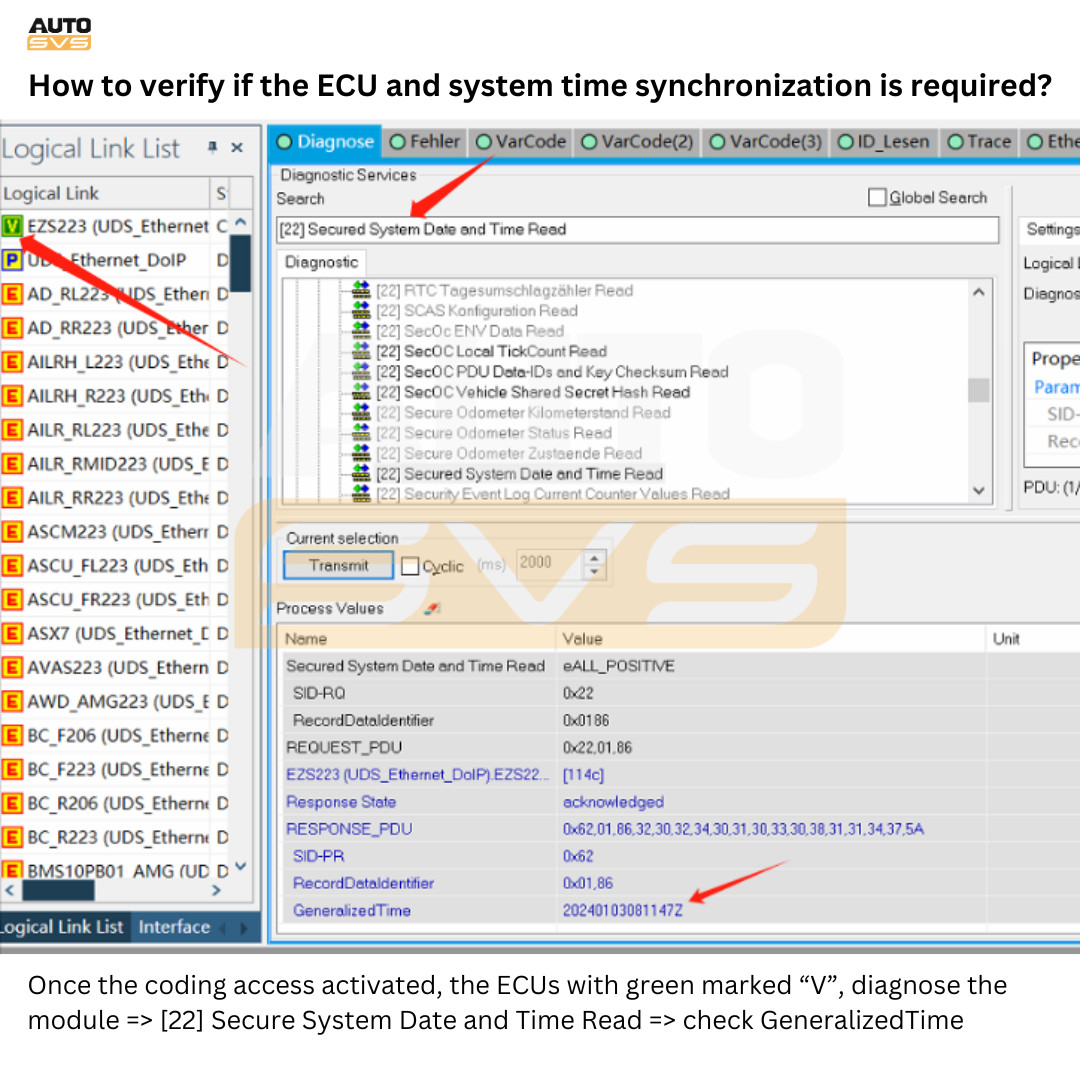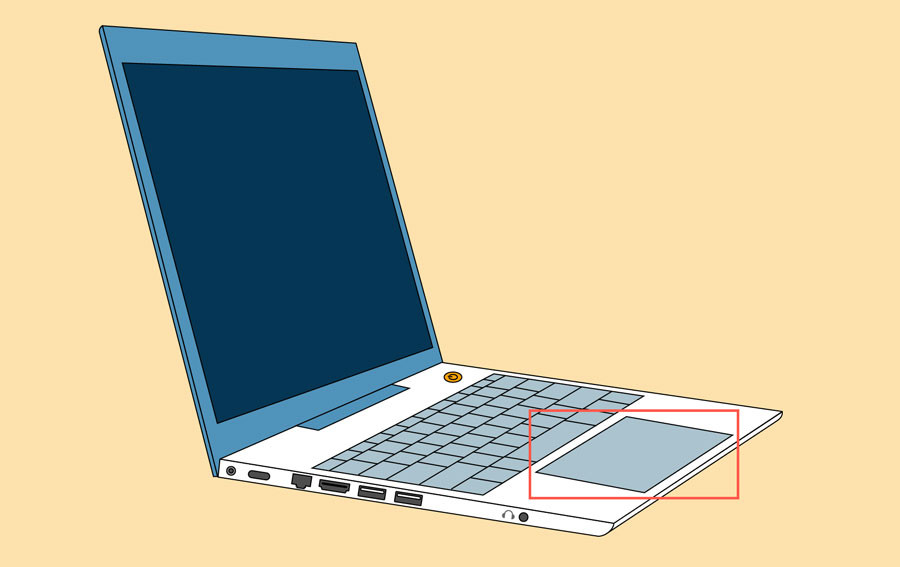What is ENET Cable: Your Guide to BMW Coding and Diagnostics
In the world of automotive diagnostics and coding, especially for BMW vehicles, the ENET cable stands out as a crucial tool. But what exactly is an ENET cable, and why is it so essential for car enthusiasts and professional technicians alike? This article will delve into the specifics of ENET cables, exploring their function, benefits, and how they are used in BMW coding and diagnostics.
An ENET cable, short for Ethernet to OBD-II (On-Board Diagnostics II) cable, is essentially a network cable that bridges the gap between your computer and your BMW car’s diagnostic system. It’s not your typical USB cable; instead, it utilizes the Ethernet protocol to establish a direct and reliable communication channel. Think of it as a high-speed data highway for your car, allowing for efficient and stable data transfer. This cable typically features an RJ45 connector on one end, which plugs into your computer or a compatible adapter, and an OBD-II connector on the other end, which connects to your BMW’s OBD-II port, usually located under the dashboard.
Why is the ENET cable preferred for BMW coding and diagnostics over other types of connections? The answer lies in its superior stability and speed. Compared to wireless OBD-II Bluetooth adapters, an ENET cable provides a wired connection, eliminating the risk of signal drops or interference that can occur during critical coding or diagnostic procedures. This stable connection is paramount when you are making changes to your car’s software, as interruptions can lead to errors or even damage to the vehicle’s electronic control units (ECUs). Furthermore, Ethernet connections offer significantly faster data transfer rates than Bluetooth. This speed is particularly advantageous when dealing with large amounts of data, such as flashing new firmware to ECUs or performing in-depth diagnostics.
While Bluetooth OBD-II adapters are convenient for basic diagnostics and reading fault codes, they often fall short when it comes to advanced coding, programming, and complex diagnostic tasks on BMW vehicles. ENET cables, on the other hand, are specifically designed for these more demanding applications. They are the go-to choice for enthusiasts and professionals who need a reliable and fast connection to unlock the full potential of BMW coding and diagnostic software like BimmerCode, E-sys, ISTA, and more.
Using an ENET cable typically involves connecting it to your car’s OBD-II port and your computer’s Ethernet port, sometimes requiring a USB to Ethernet adapter if your computer lacks a dedicated Ethernet port. Once physically connected, you need to configure your computer’s network settings to communicate with the car’s diagnostic system. Software like BimmerCode then utilizes this connection to read and write data to your BMW’s ECUs, allowing for customization of various vehicle functions, from comfort features to performance settings. While the initial setup might seem slightly more involved than a simple Bluetooth connection, the enhanced reliability and speed of the ENET cable make it well worth the effort, especially for users serious about BMW coding and diagnostics.
In conclusion, the ENET cable is an indispensable tool for anyone looking to perform BMW coding and advanced diagnostics. Its stable, high-speed wired connection ensures a reliable and efficient communication pathway to your vehicle’s systems, making it the professional’s choice for tasks that demand precision and data integrity. Whether you are a seasoned BMW enthusiast or a professional technician, understanding and utilizing the ENET cable is key to unlocking deeper control and insights into your BMW vehicle.




